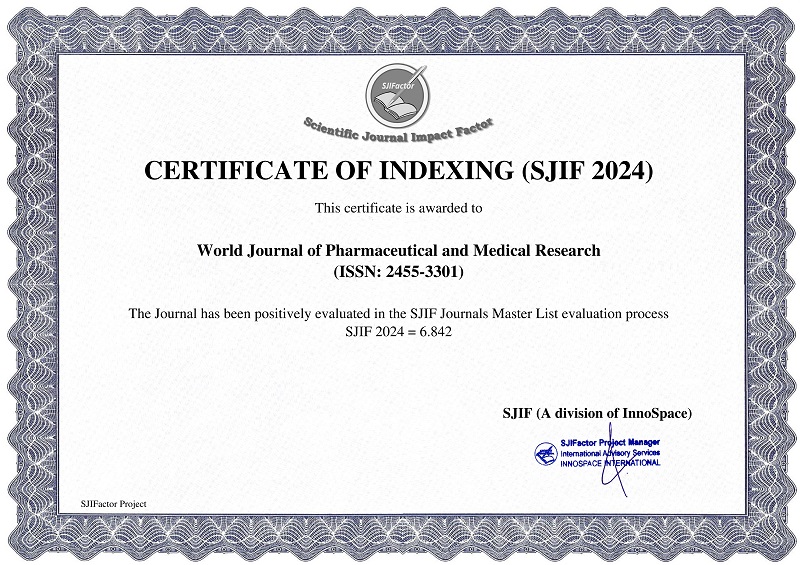COMPARISON OF TWO DOSES OF CLONIDINE AS AN ADJUVANT TO LEVOBUPIVACAINE FOR SUPRACLAVICULAR BRACHIAL PLEXUS BLOCK
*Dr Shamshad Beegum T S DA, Dr Madhusudanan E.S. and Dr. Anju Mariam Jacob
ABSTRACT
Background and Aim: Upper limb surgeries are mostly performed under peripheral nerve blocks such as the brachial plexus block. Peripheral nerve blocks not only provide intraoperative anaesthesia but also extend analgesia in the post-operative period with less systemic side effects. Adjuvants to local anaesthetic drugs like clonidine, an alpha-2 adrenergic agonist, improves peripheral nerve block by reducing the onset time, increasing the efficacy of block and extending postoperative analgesia thus improving the quality of block. Methods: 60 adult patients of ASA PS I and II undergoing upper limb surgeries under supraclavicular brachial plexus block were randomly allocated to two groups of 30 each. Group A received 3 mg/kg of 0.5% levobupivacaine with 0.5 ?g /kg of clonidine and Group B received 3mg/kg of 0.5% levobupivacaine with 1?g/kg Clonidine. The duration of sensory and motor blockade, duration of analgesia, haemodynamic variables and sedation scores were compared. Results: Mean time of onset of sensory block was 13.23 ± 1.331 min in group A and in group B was 11.33±1.470 min. Mean duration of motor block was 470.33 ± 30.680 min in group A and in group B was 484±37.941 min and mean duration of analgesia was 828.667 ± 70.0115 min in group A and 813.667 ±75.9529 min in group B. No patient in either group had developed hypotension, bradycardia and decrease in oxygen saturation. Sedation scores were higher in group B. Conclusion: Our study concluded that the two groups were comparable in terms of duration of analgesia, motor blockade and haemodynamic effects. But sedation score was more for higher group B.
[Full Text Article] [Download Certificate]



